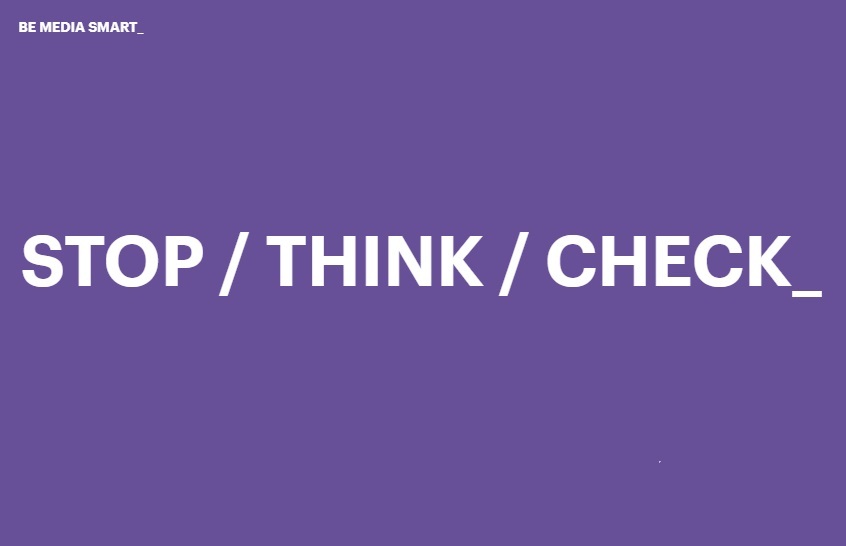By Martina Chapman
The Digital News Report 2020 (Ireland) shows that 62% of Irish people are concerned about what is real and what is fake online.
It is very important to raise awareness of the volume of false or misleading information as well as its impact and the risks, which is why it is useful to hear interviews such as the one Ryan Tubridy did with CNN’s Donie O’Sullivan. If you missed it you can hear it on the RTE radio player.
With so much false information out there, it can be really hard to sort the fact from the fiction. The coronavirus outbreak sparked what the WHO described as an “infodemic”, with Dr Mike Ryan calling for “a vaccine against false information”.
Unfortunately, there is no such thing as a vaccine against false information.
But, just as we have adopted some new behaviours to limit the spread and impact of Covid-19, there are some media literacy behaviours that we can adopt to limit the spread and the impact of false information.
We now automatically think ‘Wash your hands’ when we’ve been out and about. When it comes to verifying information that we read, see and hear we should automatically think ‘Stop, Think, Check’.
There’s good, practical, advice on www.bemediasmart.ieabout developing new behaviours that will help us all ‘Stop, Think, Check’.
Tim Minchin recently penned an interesting Twitter thread on the importance of pausing to think before engaging in social media debate and asking ourselves some pertinent questions such as “Am I just fueling ineffectual anger? Have I noted my biases? Have I applied humility?” before recommending that we go make, and drink, some tea while we think a bit longer.
Whatsapp have also put together some tips to prevent the spread of rumours and false information on that platform.
Research suggests that when false information on social media feeds is corrected, misperceptions decrease. So it is worth trying to address false information when we encounter it – but this is easier in theory than it is practice, especially when the false information is originating from a source close to home.
Here are some tips to help.
1. Don’t ignore it: When you see someone you know share information that is false don’t brush it off. The first step is deciding to address it.
2. Consider your approach: Once you’ve decided that you want to address the situation, the next step is to think about how you’re going to do it. The goal is to convey accurate information in an analytical, scientific way — not make people mad or prove that you’re right and somebody else is wrong.
3. Avoid confrontation or lecturing as it can back-fire: People form opinions and beliefs for complex reasons and just because evidence challenges that belief, doesn’t mean people will change their opinion. What is more likely to happen is that people may reject the evidence and/or the expert and look for ways to reinforce their own opinion. Don’t suggest that they are foolish, gullible or stupid. We have all been there. Do show empathy, validate how they feel and the concern that they have about the issue, but refute the false information.
4. Avoid repeating false information. Say what’s true: The more we hear something the bigger the risk of normalising or validating it so try not to repeat the false information. Do not share it on your own social media feeds even if it is to expose it as untrue.
5. Choose your sources wisely: The backbone of any fact-check are the sources used. The same goes for corrections on social media. Try to use more than one source.
6. Focus on facts, not values: This tip holds true when fact-checking any kind of misinformation, whether it has to do with health or politics.
Bio
Martina Chapman is the national co-ordinator for Media Literacy Ireland. She is a consultant in media literacy policy, research and projects.

